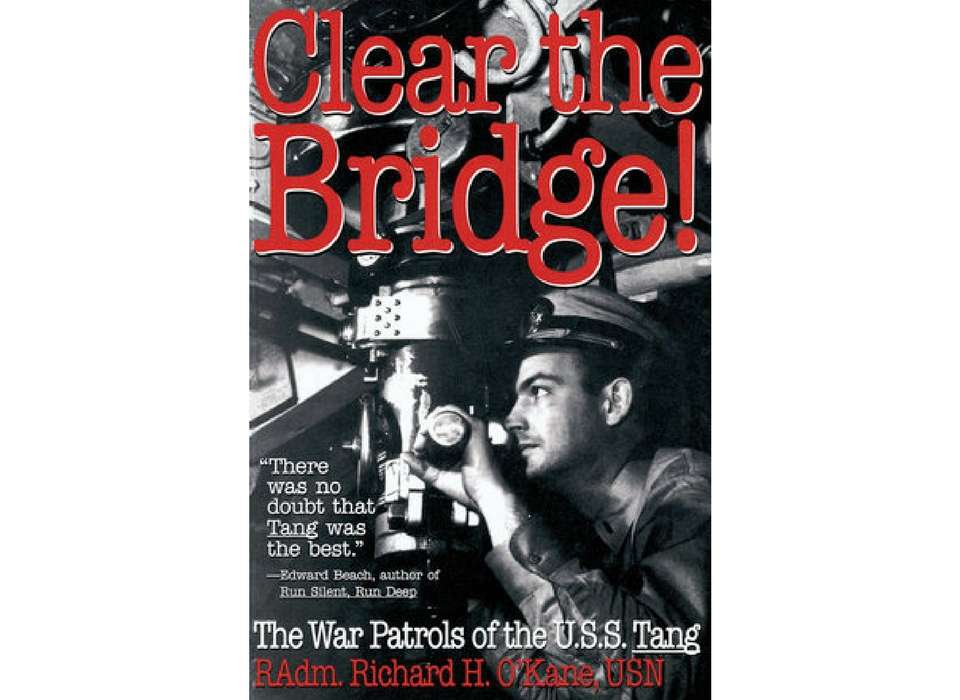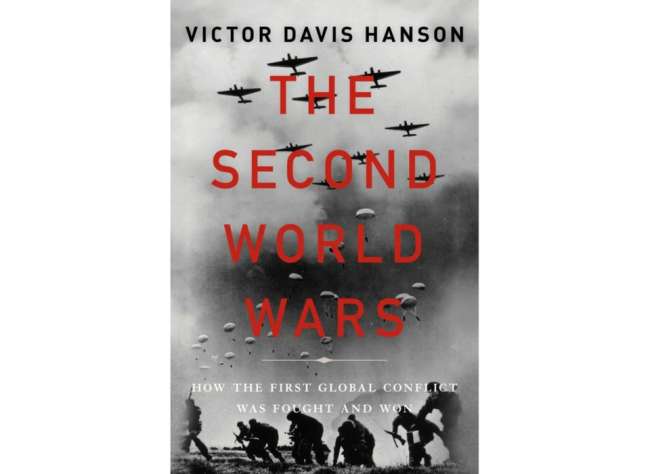“There were no southern boundaries shown for our 50-mile-wide operating area. We did not ask for clarification, but rather would take advantage of this for a patrol down Mexico’s coast. Everything except firing torpedoes would be done exactly as if we were on patrol off Japan—reconnaissance, approaches, the works. There should be just enough spice to keep it interesting, and so that the experience of the older hands would rub off on others, we would shuffle the officers’ watch list.
“Fraz took the con when we got underway, and Frank brought us alongside a week later. There was not much that a submarine does that we hadn’t tried out during that short period, though Mexican fishing boats had substituted for Japanese marus. I had a last cup of coffee with the commodore, and he nodded approval of our patrol, though of course he was not responsible for our operations. We had done well not to inquire about the missing area boundary beforehand, for Commander Swinburne was quite aghast when I told him what we’d been doing.
“Why, you could have caused an international incident if you’d been sighted!”
“Sir, if Tang can’t avoid the Mexican fishing fleet she doesn’t have any business going on patrol,” I replied.
– Rear Admiral Richard O’Kane, Clear the Bridge!, page 41
Given that a seven-post series on the making of the museum’s interactive exhibit Final Mission: USS Tang Submarine Experience will debut this week on the museum’s website, it seems an opportune time to bring attention to the memoirs of Tang’s legendary Captain Richard O’Kane. For those unfamiliar with the story of the Tang, she was the most successful submarine in the US Navy during World War II, credited with 33 confirmed kills over her five wartime patrols. Tang also rescued 22 downed American pilots on her second patrol, and received two Presidential Citations. After an epic battle in which she sank five Japanese merchant ships on the night of October 24–25, 1944, however, Tang was tragically sunk by her own defective torpedo. Nine members of the crew, including Captain O’Kane, survived the sinking and were prisoners of war in Japan until the end of the conflict. O’Kane received the Medal of Honor from President Truman in 1946.
What I find memorable about this passage is the warrior spirit evident in O’Kane’s leadership and which he instills in his crew even during training. O’Kane had made his reputation and earned his own command by serving as the Executive Officer to Captain Dudley “Mush” Morton aboard the USS Wahoo. Together, they had pioneered extremely aggressive new techniques of submarine warfare. Attacking from the surface under cover of night, where the submarine was most vulnerable but also much faster and maneuverable, they coordinated attacks with the captain directing from the bridge on top and calling down orders to the executive officer in the control room below, who would then actually plot and execute the torpedo shots with the crew before speeding off to safety. Morton and O’Kane also believed in taking the war to the enemy, using submarines as lone and stealthy predators. They actively sought out and engaged the enemy, traveling across the Pacific from Pearl Harbor to hunt in the shipping routes between mainland Japan and her conquered empire spreading across China, Southeast Asia, and the southwestern Pacific islands. Their methods of warfare were extremely risky, but knowing that much had to be risked to defeat the enemy, they engaged the risks with the highest and most realistic professionalism possible.
As can be seen in the passage, O’Kane brought these tactics and attitudes to his command of the Tang. O’Kane’s liberal interpretation of his orders regarding boundaries in order to stealthily track the “enemy” (which the Mexican fishing fleet substituted for) was the closest real experience he could give his crew to actual warfare against the Japanese. Even more striking, however, is his cool response to his superior when his activities are revealed, because O’Kane is subtly, but brutally and undeniably, correct: If his submarine and crew cannot perform under these conditions, it was highly probable that they would not succeed in either successfully striking the enemy or in returning from Japanese waters. In this incident, seemingly minor and perhaps even humorous before the Tang has gone on her first war patrol, we glimpse the mind-set of a warrior and leader determined to succeed in the cold, pitiless reality of war.
Notes: This is the first post in a series exploring books about submarine warfare during World War II. Read Part Two. Part Three. Part Four. Part Five. Part Six. Part Seven. In a parallel series of History Through the Viewfinder posts, Dr. Huxen is revisiting the making of the interactive exhibit Final Mission: USS Tang Submarine Experience. Read Part One of that series. Part Two. Part Three. Part Four. Part Five. Part Six. Part Seven.

“A place can evoke the history that occurred there, but through words our minds truly gain perspectives and understanding of what it was like to know, feel, experience, hope, fail, triumph, and live through events from which we ourselves were absent. The written word is our most intricate map to retrace and reconstruct what we think happened, and ultimately brings us back to ourselves.”
– Keith Huxen, PhD, Senior Director of Research and History, The National WWII Museum
Keith Huxen
Keith is the former Senior Director of Research and History in the Institute for the Study of War and Democracy at The National WWII Museum.
Cite this article:
MLA Citation:
APA Citation:
Chicago Style Citation:










![Max Fuchs, New York City cantor, sings as Rabbi Sydney [sic] Lefkowitz, Richmond, VA, conducts the first Jewish services from Germany.](/sites/default/files/styles/max_650x650/public/2025-10/image1.jpg)

